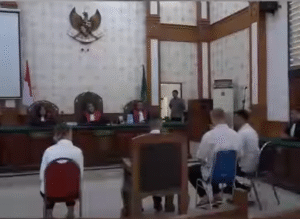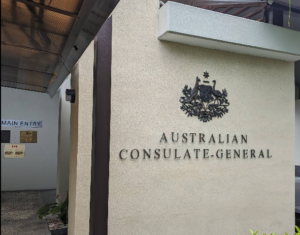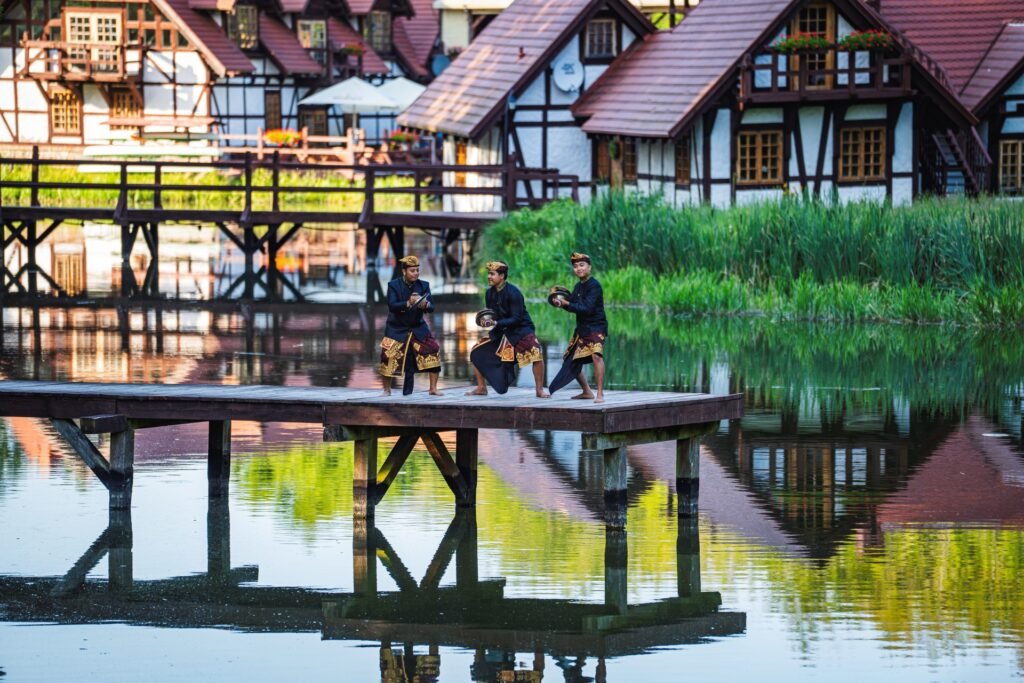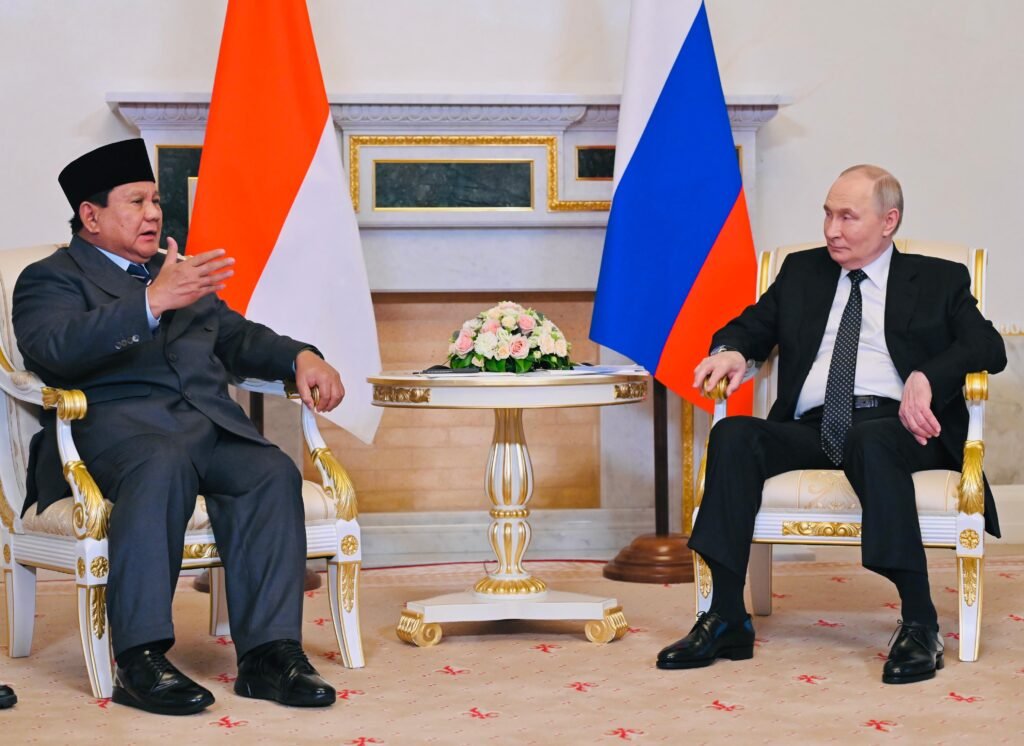
Hundreds of Hindu and Buddhist worshippers, both of Chinese descent and otherwise, gathered at Griya Kongco Dwipayana—widely known as Tanah Kilap—in Denpasar on 29 January to mark the Lunar New Year 2576.
According to Ida Bagus Adnyana, the head priest of Griya Kongco Dwipayana, the celebrations included prayers in the morning and a barongsai performance at 22.00 WITA, a tradition embraced by both Hindu and Buddhist devotees.
A Legacy of Cultural Fusion
Adnyana, often called Atu Mangku, highlighted Tanah Kilap’s long history of cultural assimilation, tracing its roots back 500 years. He pointed to an ancient stone with Chinese inscriptions found near Pura Candi Narmada, which dates back to the Qing Dynasty, as evidence of early Chinese presence in the area.
“Kongco here has strong cultural integration. Hindu and Buddhist elements are reflected in the worship symbols. Even Chinese devotees incorporate traditional Balinese offerings like canang,” he said.
The site hosts 31 prayer stations, with worshippers free to perform rituals according to their faith. The temple administrators provided incense sticks for visitors, who arrived as early as 07.00 Wita, dressed in a mix of traditional Balinese attire and red-themed outfits symbolizing prosperity.
Devotion Beyond Ethnic Boundaries
One of the Hindu worshippers, I Made Gede Widiasa, has made praying at Tanah Kilap a yearly practice, despite not having Chinese ancestry.
“There’s a mutual respect here. I always stop by to pray before heading to Pura Candi Narmada. It feels natural and peaceful,” he said.
Out of the 31 prayer sites, his family only visited four, blending Hindu and Buddhist traditions as they followed their spiritual intuition.
For Maria Catalina Bonilla Varon, a Colombian national who has lived in Bali for five years, the island’s inclusive spiritual atmosphere makes Tanah Kilap an ideal place to celebrate Lunar New Year.
“Bali embraces all religions. It’s beautiful to be able to honor and respect different beliefs, even if you don’t practice them yourself,” she said.
As night fell, the temple grew more crowded, reaching its peak attendance as visitors gathered to witness the lively barongsai performance, a vibrant finale to the day’s cross-cultural festivities.










